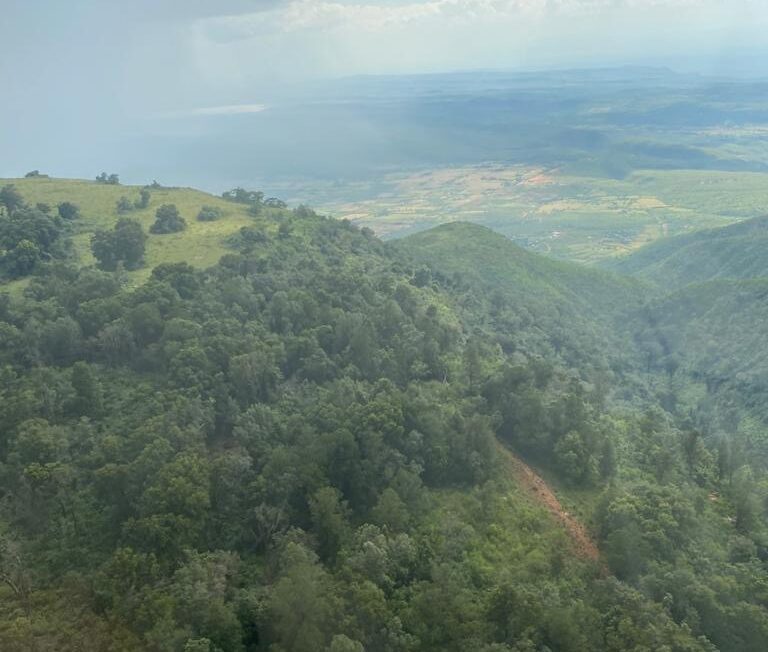For over a decade, Mara Elephant Project has focused on protecting elephants and their habitats across the Greater Mara Ecosystem (GME). The MEP Method of boots on the ground rangers and applied research has been successful in the GME and can be replicated in areas that need protection for wildlife and their habitats. The Marmanet Forest is dominated by unique tree vegetation which supports diverse wildlife, especially elephants, and it is one key area outside of the GME that MEP has identified as threatened. Marmanet is a forest reserve covering approximately 4,500 hectares (11,120 acres) of land, and the southern part of the forest is part of a key migration route for elephants.
This isn’t a completely new area to MEP, since 2020, we’ve been overseeing a team of community scouts that are paid like informants but are mostly volunteers, named Bik aBelek, which means ‘elephant people’ in Tugen. They monitor elephants in the area and coordinate with Kenya Wildlife Service (KWS) and our forces to increase protection by deterring illegal activities in the forest and responding to conflict. They’ve had success in 2022 with supporting the community to remove elephants from their farms; however, damage to crops and property have been increasingly reported. We’ve actually seen a connection between the Mau Forest and Marmanet Forest when MEP collared elephant Vasco immediately traveled over 50 miles from the Mau to Marmanet after being collared in July 2019. The movement monitored by KWS, the Wildlife Research and Training Institute (WRTI) and MEP was entirely unexpected as elephants were not known to still move between these two separate geographical regions. Our ability to use the MEP helicopter to aerially monitor Vasco has helped increase our understanding of his movements and his home, the Marmanet Forest. Through aerial and on the ground monitoring an alarming amount of illegal logging and charcoal operations inside the forest has been noted.
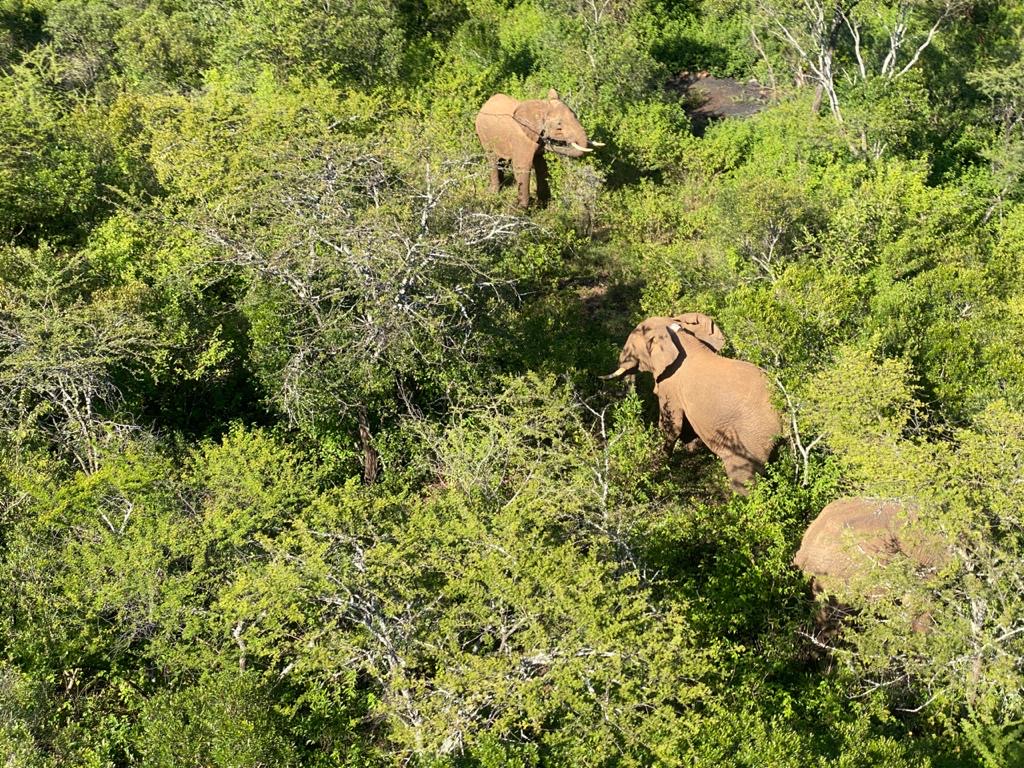
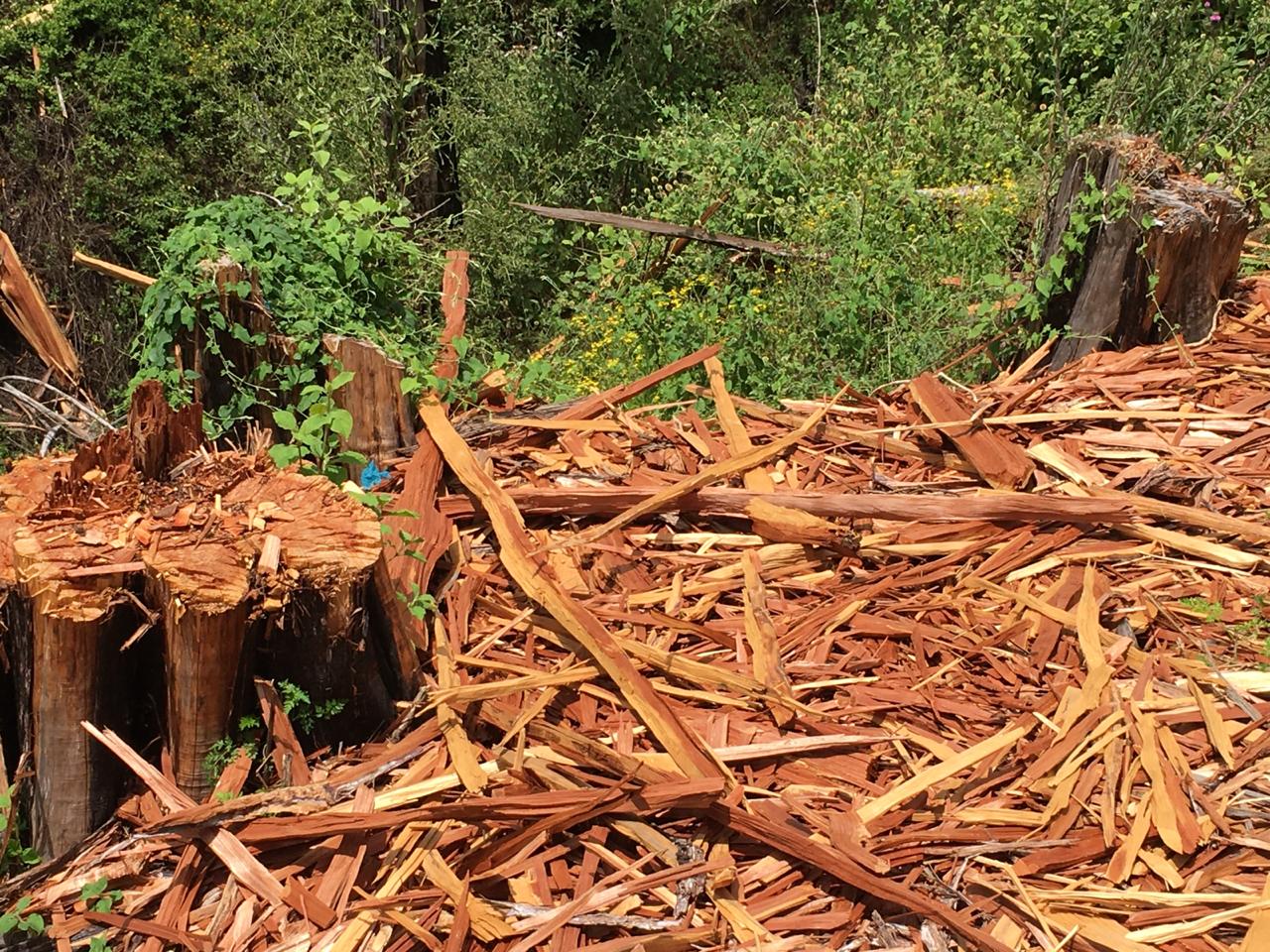
One of our goals in 2023 is to expand into the Marmanet Forest with a permanent ranger team. This will allow us to respond to alerts while we monitor the movement data from the collared elephants there. In response to increased conflict reported by the community from a large breeding herd we collared a female elephant affectionately named “Bea” on November 7 with KWS and WRTI in the northern portion of the Marmanet Forest.
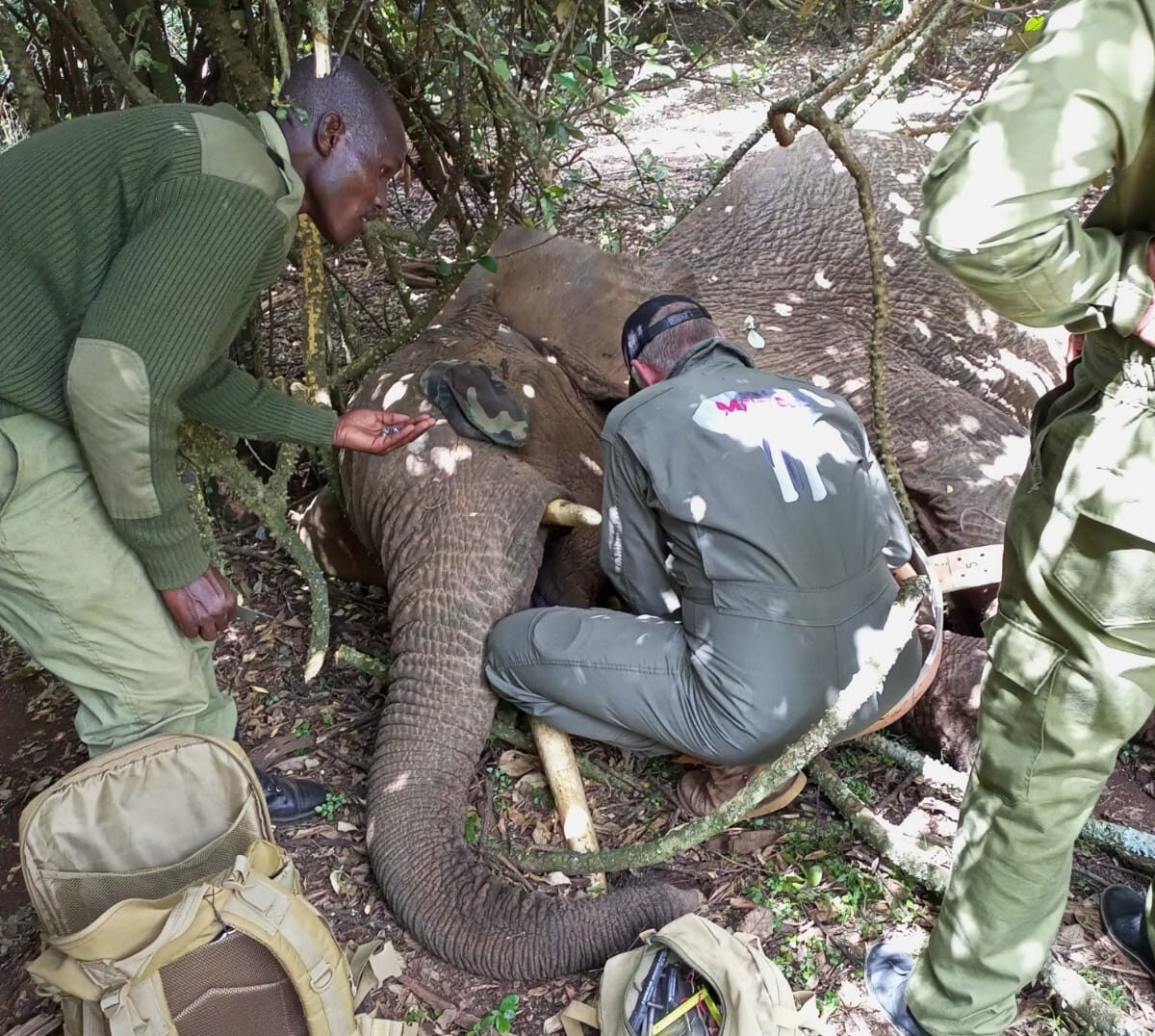
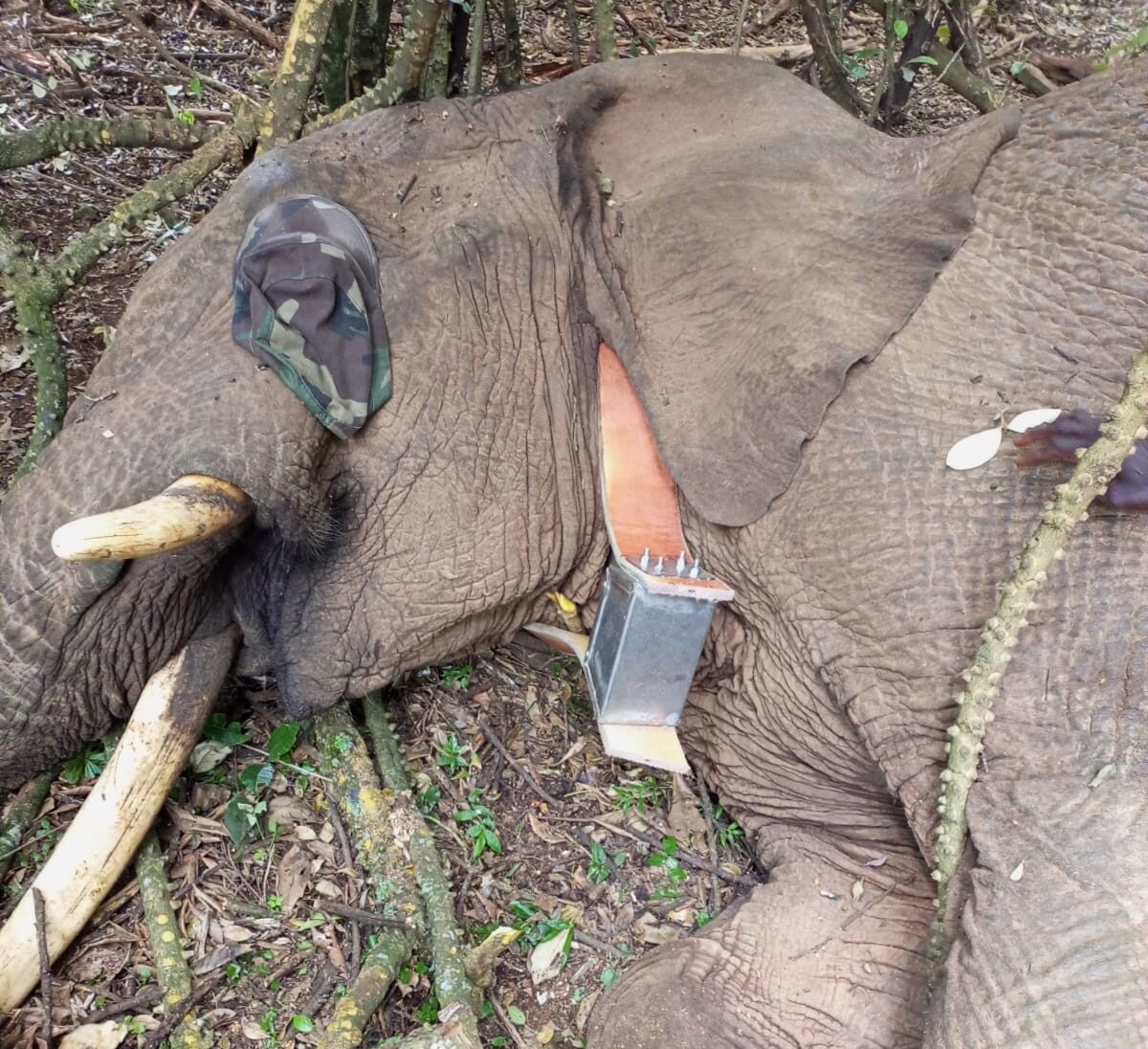
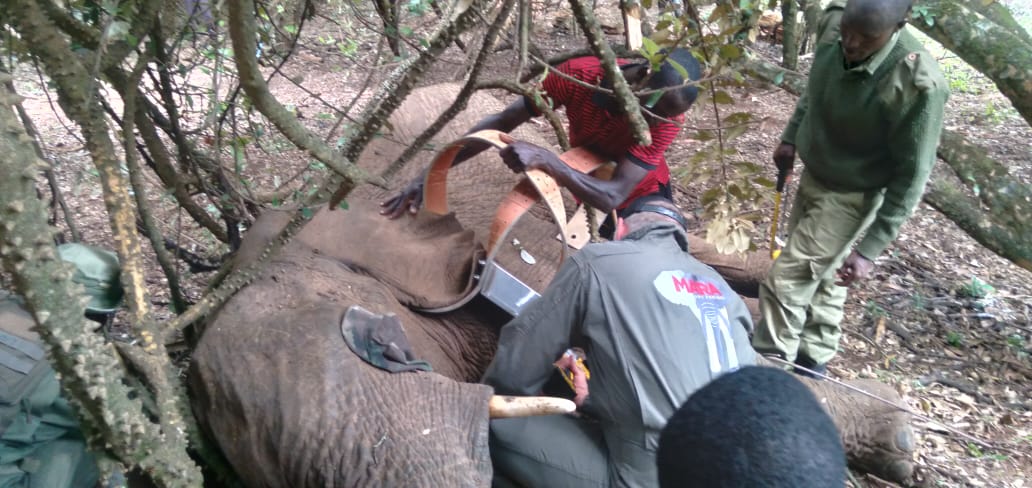
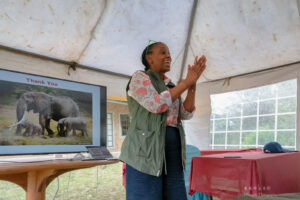 “Bea” is named after MEP’s Chairwoman Beatrice Karanja, pictured left by Jeffrey Wu Photography. We hope that Bea the elephant helps us keep an eye on Marmanet as Bea does with MEP. Elephant Bea resides in a herd of 30 and her collar will allow MEP and our partners to paint a more detailed picture of how elephants are using this important forest to increase not only the forest’s protection, but Bea’s as well.
“Bea” is named after MEP’s Chairwoman Beatrice Karanja, pictured left by Jeffrey Wu Photography. We hope that Bea the elephant helps us keep an eye on Marmanet as Bea does with MEP. Elephant Bea resides in a herd of 30 and her collar will allow MEP and our partners to paint a more detailed picture of how elephants are using this important forest to increase not only the forest’s protection, but Bea’s as well.
